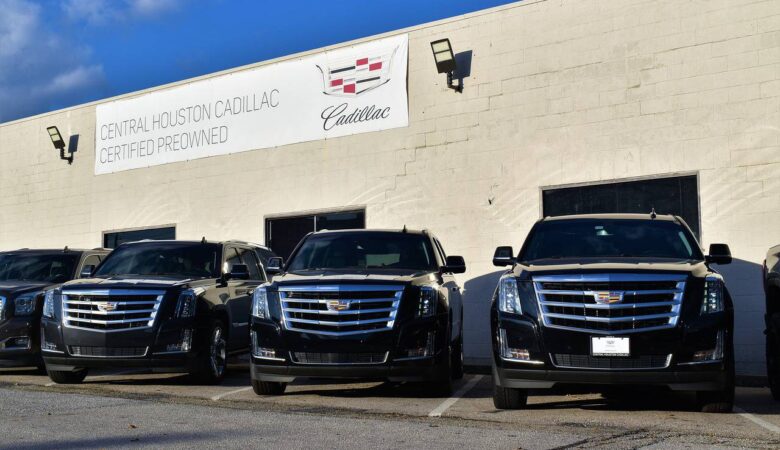Bank-repossessed car auctions in the United States offer an excellent opportunity to purchase vehicles at prices well below market value, attracting many buyers to these events.
These auctions feature a wide variety of cars repossessed by financial institutions due to loan defaults. Buying these vehicles at auction can be a smart way to save money while acquiring a quality car.
These auctions benefit both banks and consumers. While banks aim to recover part of the funds lost due to unpaid loans, buyers have the chance to purchase cars at significantly reduced prices.
This article will explore the process of these auctions, explaining what they are, how they work, and how you can participate to potentially find the car you want at an affordable price.
What is a Bank-Repossessed Car Auction?
A bank-repossessed car auction involves the sale of vehicles seized by banks or financial institutions from owners who failed to meet the terms of their financing agreements. These cars are then sold at public or private auctions.
The main advantage for buyers is the opportunity to acquire vehicles at lower prices than those found in the regular market. Options may include nearly new cars as well as older models in various conditions.
How Do Bank-Repossessed Car Auctions Work in the United States?
The process of bank-repossessed car auctions in the U.S. is well-structured to ensure transparency and fairness for both sellers and buyers.
Typically, auctions are announced in advance, giving potential buyers time to research and prepare their bids.
Before the auction, vehicles are often available for viewing and inspection, which is crucial for buyers to assess the car’s condition and estimated value.
Auctions can be held online or in person. Online auctions have become increasingly popular due to their convenience and ability to attract a wider audience.
Specialized websites for repossessed car auctions usually provide a platform where buyers can view detailed listings, photos, and sometimes condition reports.
How to Participate in a Bank-Repossessed Car Auction in the United States
Participating in a bank-repossessed car auction involves several key steps:
- Research: Start by finding auctions that offer bank-repossessed cars. Websites specializing in car auctions, as well as bank and financial institution websites, are good starting points. It’s important to research and choose auctions that are reputable and trustworthy.
- Registration: To take part in an auction, you’ll usually need to register with the site or organization hosting the event. This may involve providing personal details and, in some cases, making a deposit to confirm your seriousness as a bidder.
- Inspection: Take advantage of the opportunity to inspect the cars before the auction. Many auctions allow buyers to view vehicles in person or provide detailed information and photos online.
- Bidding: Be prepared on auction day with a set budget. It’s easy to get caught up in the excitement, so knowing your spending limit is crucial.
- Finalization: If you win a bid, there are usually quick procedures to finalize the purchase, including payment and transfer of ownership. Make sure you understand the auction’s terms and conditions, including any additional fees.
Buying a car at a bank-repossessed car auction in the U.S. can be an excellent way to snag a great deal. With proper research and preparation, you can find a vehicle that meets both your needs and your budget.




